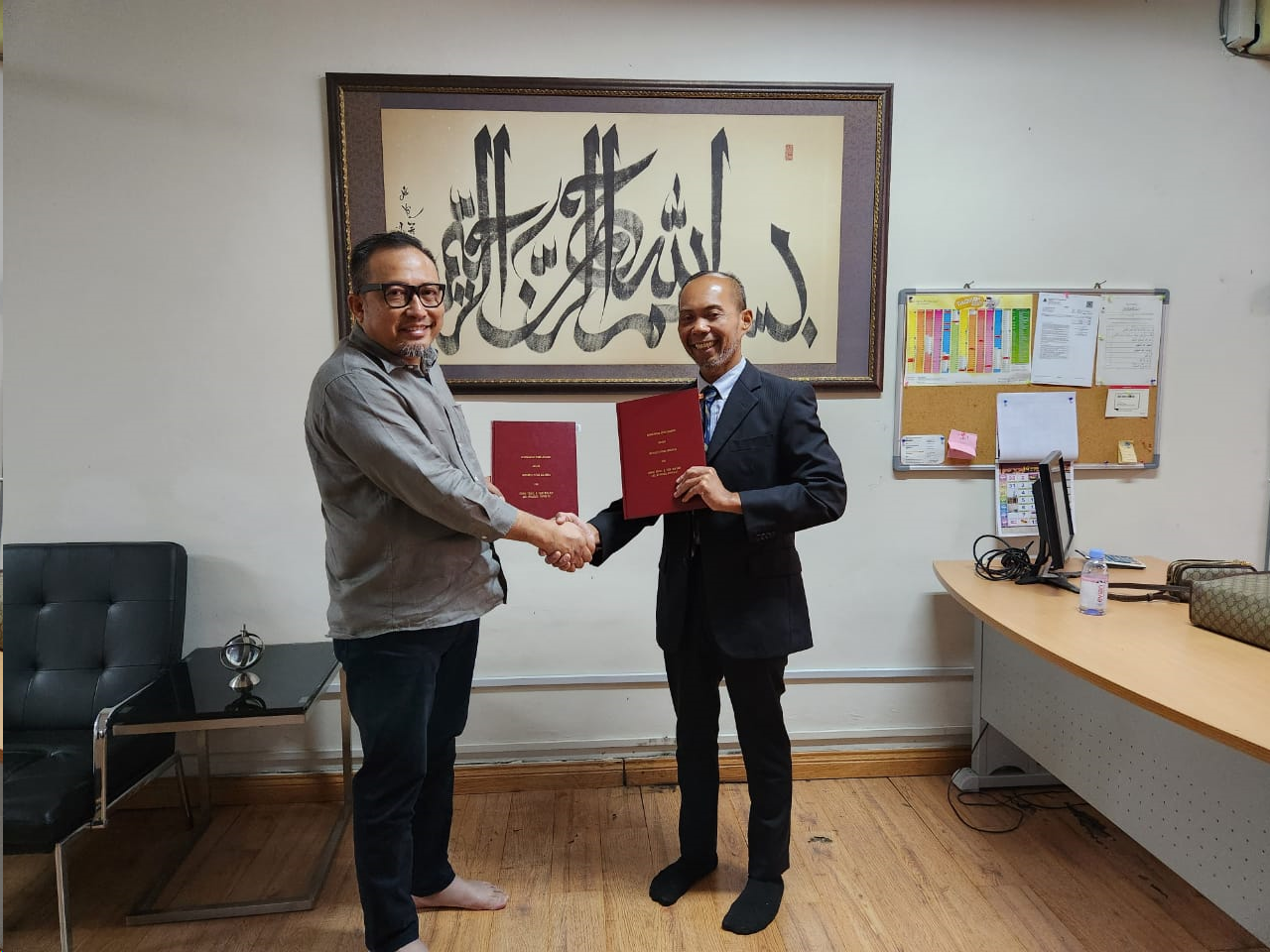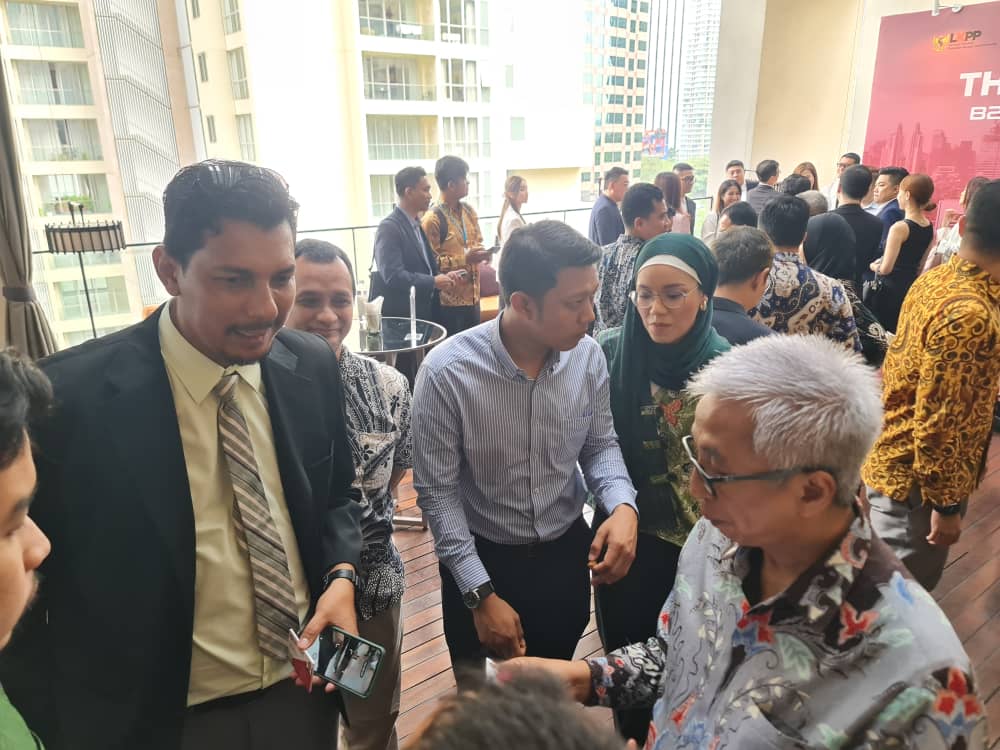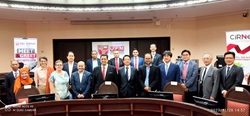Collaboration between higher education institutions and strategic industry partners is crucial in driving advancements in science, technology, and talent development.

To ensure the smooth execution of such collaborations and to maximize the benefits for all parties involved, it is essential to understand and implement appropriate and efficient agreement documents. In this article, we will delve deeper into several types of agreement documents commonly used, including Letters of Intent (LoI), Memoranda of Understanding (MoU), Memoranda of Agreement (MoA), and Non-Disclosure Agreements (NDA), as well as the implementation of these documents.
Letter of Intent (LoI): In initiating collaborations, Letters of Intent (LoI) are often presented as a common formal step before embarking on a partnership. However, the submission of LoI is not merely a formality; it is a serious statement of intent from the involved parties to establish cooperation. This document provides a brief overview of the desired objectives, scope, and duration of the collaboration. Through LoI, a strong foundation is laid to understand mutual expectations before progressing to more formal agreement stages.
Memorandum of Understanding (MoU): While Memoranda of Understanding (MoU) may not be legally binding, they are significant as a commitment foundation in building and shaping more robust collaborations. By outlining objectives in detail, MoU helps establish common goals among collaborating parties, serving as a guide for joint initiatives and ensuring that all efforts align with the set objectives.
Memorandum of Agreement (MoA): A more formal and legally binding step compared to MoU, Memoranda of Agreement (MoA) serves as a legal recourse in case of disputes or violations. Unlike MoU, MoA defines roles, responsibilities, and rights between collaborating parties in great detail. This includes conditions that must be met to maintain the continuity of the collaboration and achieve effective collaboration goals.
Non-Disclosure Agreement (NDA): When involving the exchange of confidential information, the Non-Disclosure Agreement (NDA) becomes a crucial protective measure. This document ensures the confidentiality of data, discoveries, or innovations that may arise during collaboration. By signing this agreement, the involved parties commit not to disclose confidential information to external parties without permission. NDA is not just an agreement; trust between the parties involved is reinforced through this document. By ensuring confidentiality, NDA helps protect intellectual property rights and provides a strong foundation for safe and orderly information exchange.
When and How Collaboration Documents are Implemented:
-
Identify Needs:
- Clearly define the goals and objectives of the collaboration.
- Recognize the risks and responsibilities of each party.
-
Negotiation:
- Involve all relevant parties in discussions to establish terms and conditions of collaboration.
- In-depth discussions are key to ensuring understanding and mutual agreement on document content.
-
Legal Confirmation:
- Ensure collaboration documents are reviewed and endorsed by legal experts to ensure their legality and enforceability.
-
Implementation and Evaluation:
- Implement collaboration according to the established document terms.
- Conduct periodic evaluations to ensure collaboration goals are achieved, making the collaboration experience effective.
In conclusion, agreement documents such as LoI, MoU, MoA, and NDA are not mere formalities; they form the legal and operational foundation ensuring the continuity and positive impact of university and industry collaboration. By fully understanding these types of documents and carefully implementing and executing them, collaborations can proceed smoothly, providing long-term benefits and opening doors for continuous innovation in science, technology, and talent development.
Zaidi Tajuddin
CiRNeT UPM
151123
Date of Input: 15/11/2023 | Updated: 15/11/2023 | zaidi_tajuddin
MEDIA SHARING































